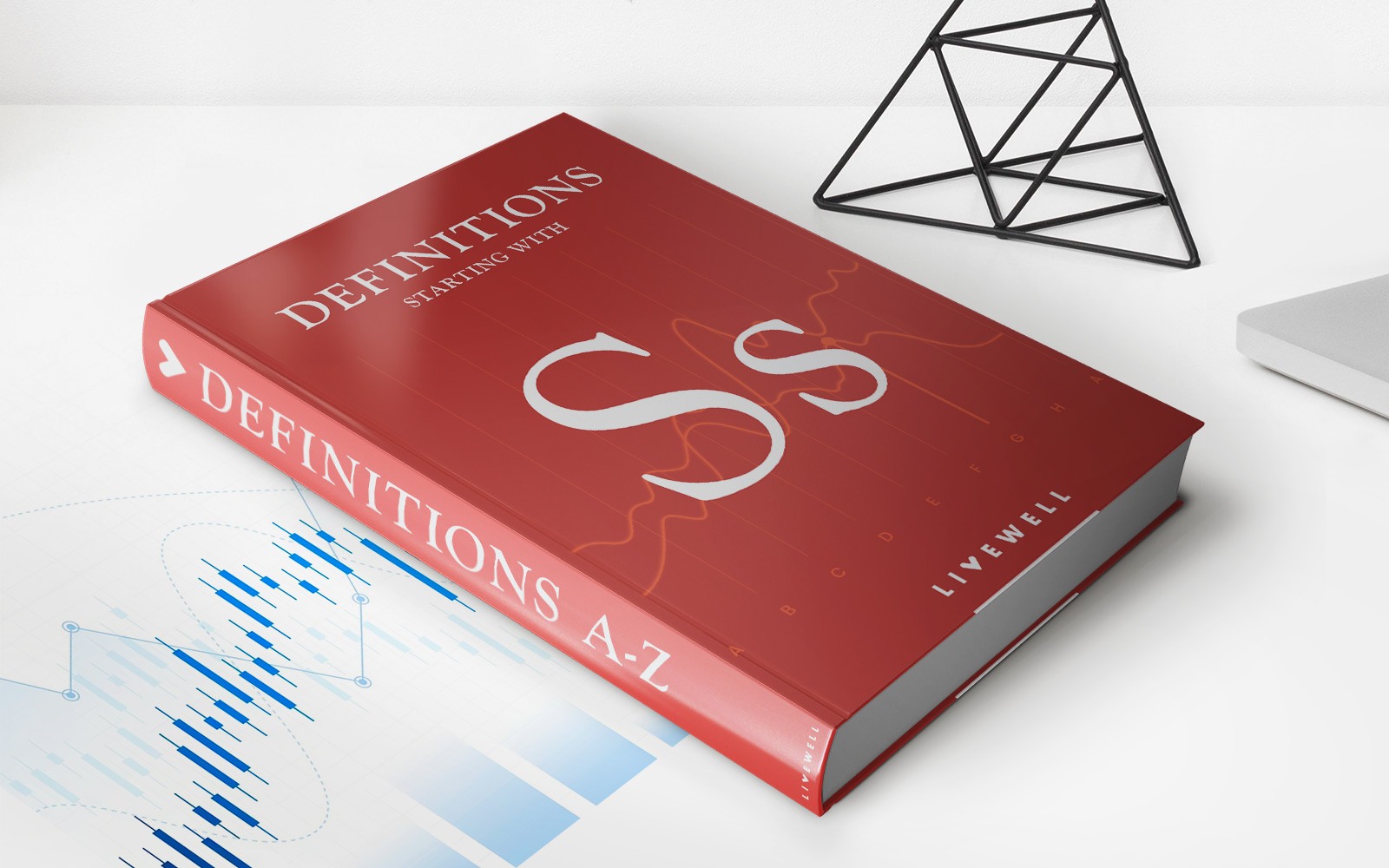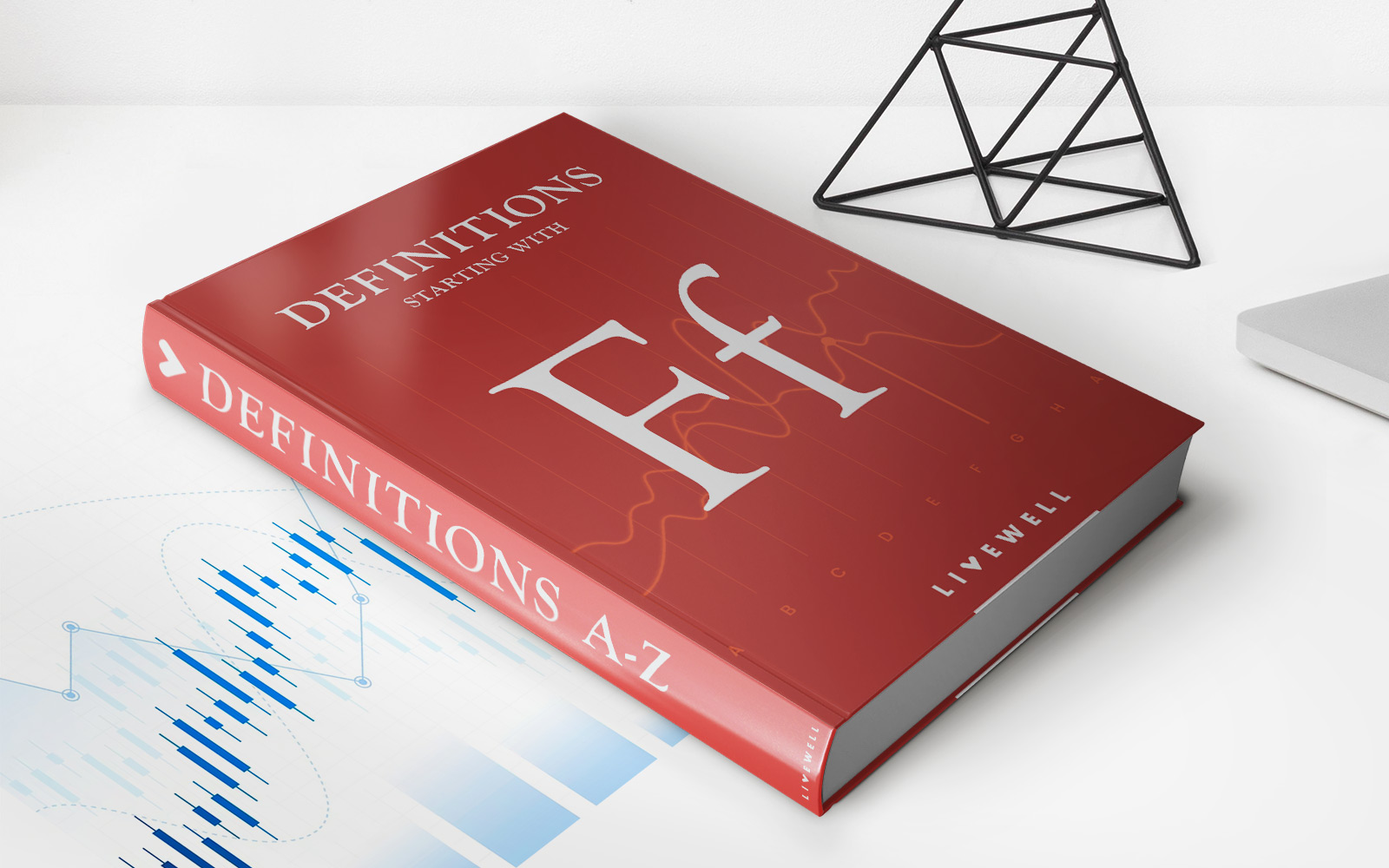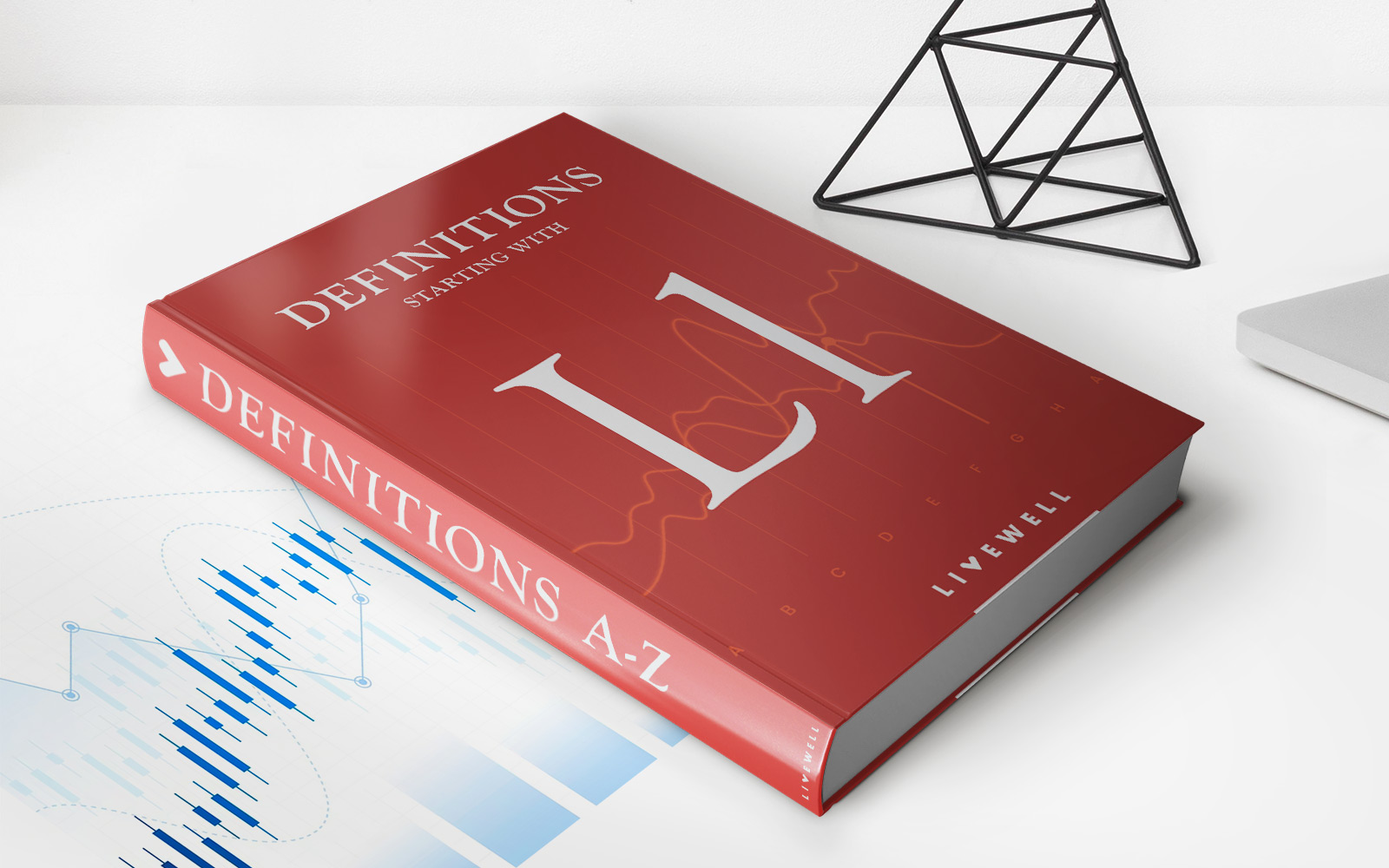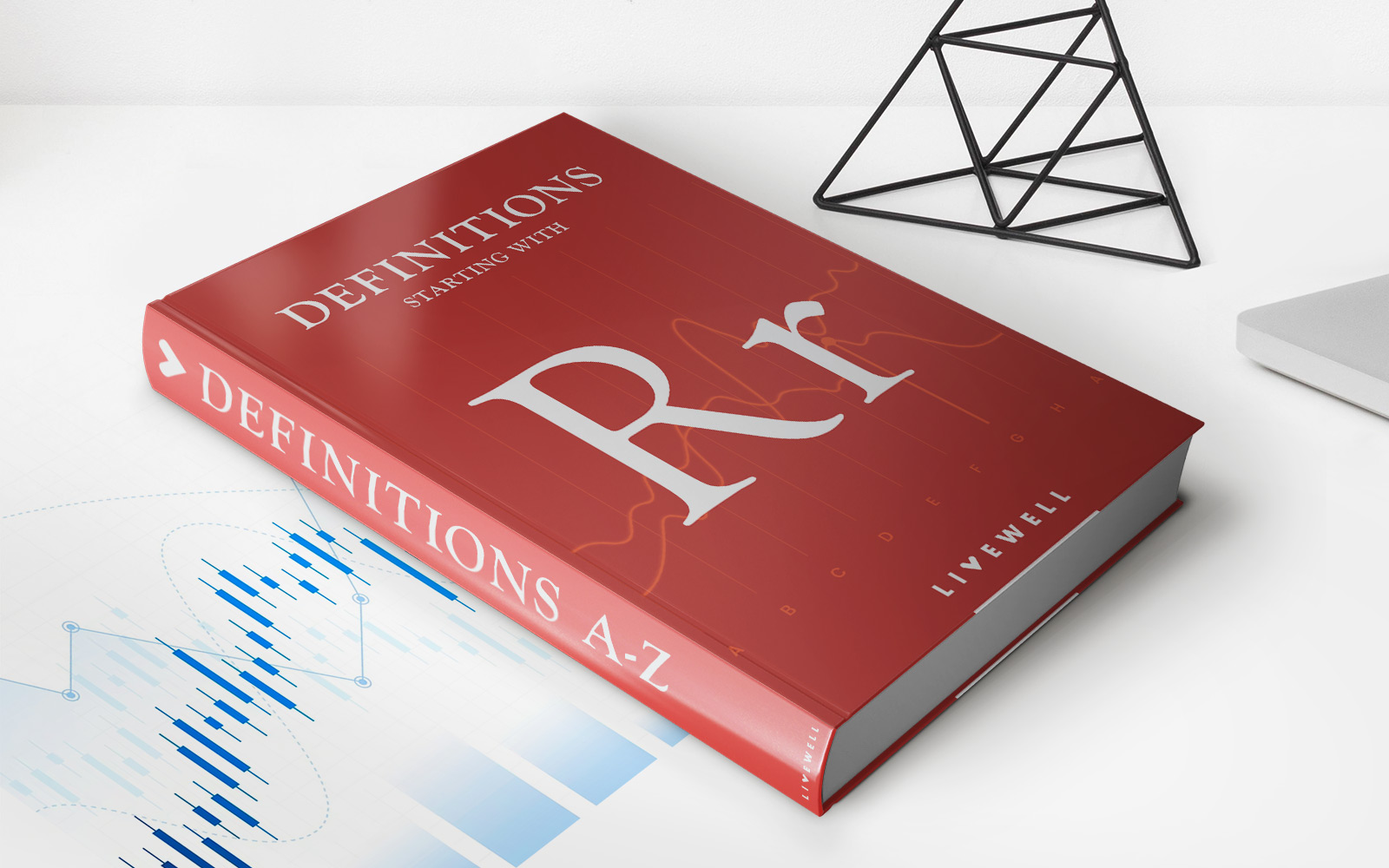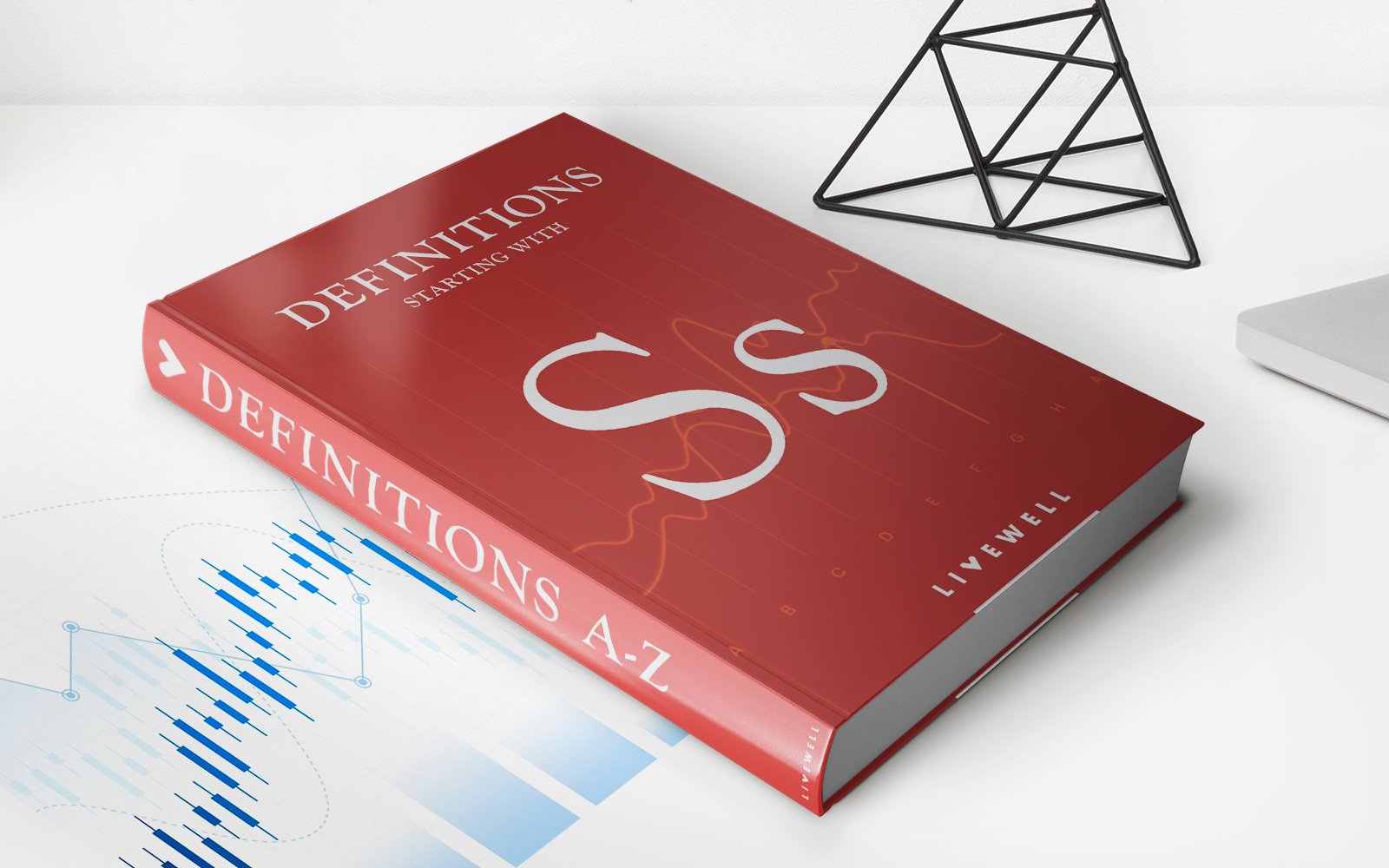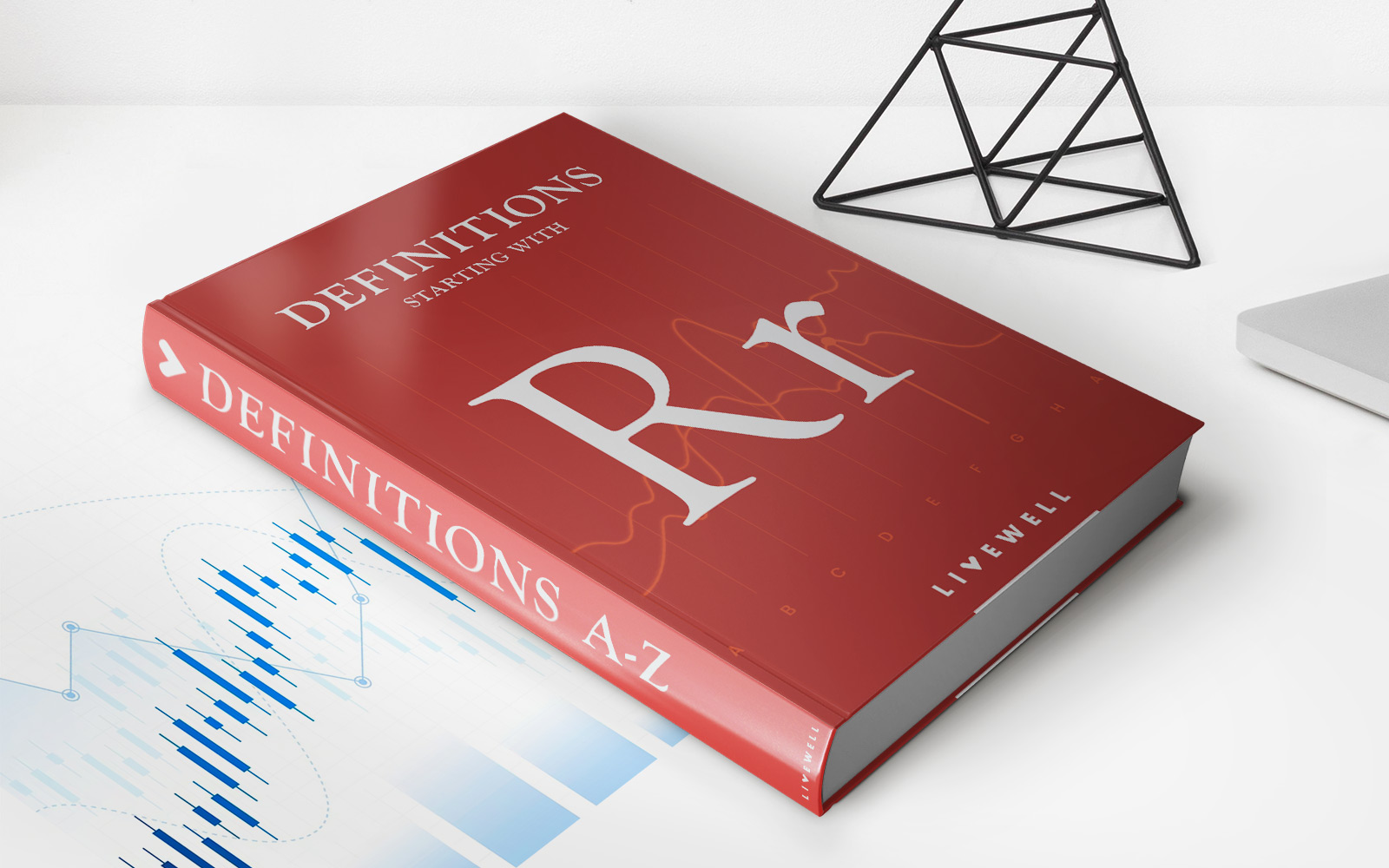Home>Finance>Long Run: Definition, How It Works, And Example
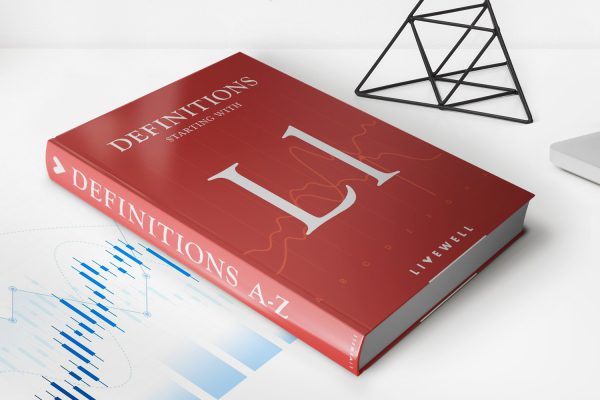
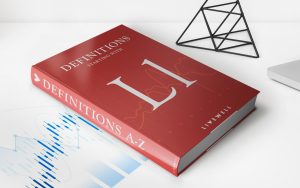
Finance
Long Run: Definition, How It Works, And Example
Published: December 20, 2023
Learn about long run in finance, including its definition, how it works, and see an example. Explore the concept of long term planning and decision-making in the financial world.
(Many of the links in this article redirect to a specific reviewed product. Your purchase of these products through affiliate links helps to generate commission for LiveWell, at no extra cost. Learn more)
Understanding the Long Run in Finance
When it comes to navigating the complex world of finances, it’s important to have a good grasp of different concepts and terms. One such concept that plays a crucial role in financial planning is the long run. In this article, we will dive deep into the definition of the long run, how it works, and provide you with a real-life example to help you better understand its significance.
Key Takeaways:
- The long run is a time frame in which all variables in an economic model are allowed to adjust and reach their equilibrium state.
- When making financial decisions, it’s vital to consider the long run to ensure sustainable and optimal outcomes.
What is the Long Run?
The long run, in the context of finance, refers to a period of time in which all variables and factors affecting a financial situation are allowed to adjust and reach their equilibrium state. It is a key concept in economic and financial analysis and plays a crucial role in decision making.
Unlike the short run, where some variables are fixed or limited, the long run allows for complete flexibility and adjustment to changing circumstances. It provides a broader perspective and gives a more accurate understanding of the potential outcomes in a given financial situation.
How Does the Long Run Work?
In the long run, various economic factors such as prices, wages, interest rates, and resource allocation are not fixed. Instead, they have the freedom to adjust and reach their long-term equilibrium. This equilibrium represents the point at which supply and demand are balanced, resulting in optimal market conditions.
By considering the long run, financial decisions can be made with a more holistic view, taking into account the impact of changing variables. It allows individuals, businesses, and policymakers to assess the viability and sustainability of their choices by accounting for long-term consequences.
An Example of the Long Run in Action
Let’s consider a hypothetical example to illustrate how the long run operates in finance. Imagine a small manufacturing company experiencing high demand for its products. In the short run, the company might increase production by working overtime and hiring temporary workers. However, factors such as resource scarcity, rising costs, and limited capacity might prevent the company from sustaining this high level of output.
In the long run, the company will have the opportunity to adjust its operations. It could invest in new machinery to increase productivity, hire permanent staff, optimize production processes, or find ways to access additional resources. By considering the long run, the company can make informed decisions that align with its long-term goals and ensure sustained success.
Key Takeaways:
- The long run is a timeframe where all variables adjust and reach equilibrium.
- It differs from the short run by allowing flexibility and adjustment to changing circumstances.
In conclusion, understanding the concept of the long run is vital for making informed financial decisions. By considering the long-term implications and allowing for variable adjustments, individuals and businesses can strive for sustainable and optimal outcomes. So, next time you analyze a financial situation or plan for the future, remember to factor in the importance of the long run.
